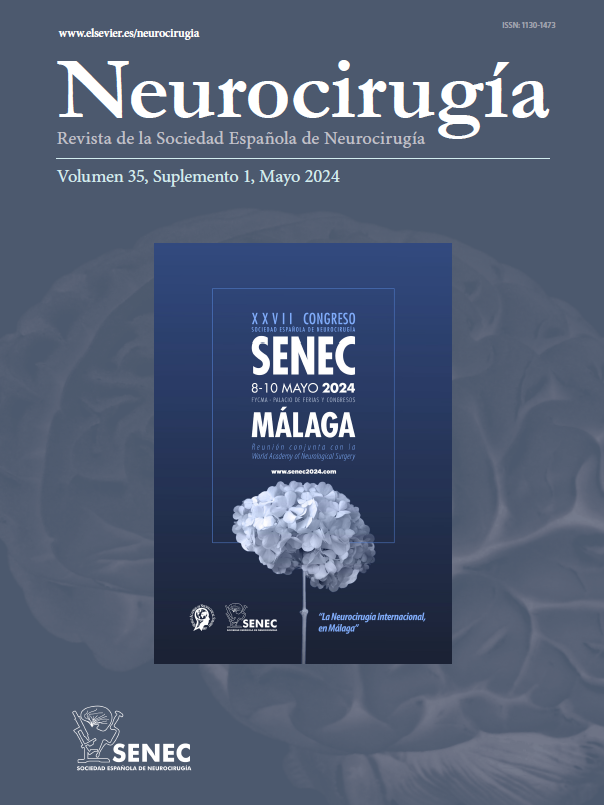P-023 - ANALYSIS OF INDEPENDENTLY ASSOCIATED FACTORS WITH ADJACENT SEGMENT DISEASE, A SPANISH TERTIARY HOSPITAL COHORT
Hospital Universitario La Paz, Madrid, España.
Introduction: Adjacent segment disease (ASD) refers to the development of new clinical symptoms that correspond to radiographic changes adjacent to the level of a previous spinal fusion. Factors that may influence the development of ASD have been discussed in the literature, with contradictory evidence.
Objectives: The aim of this study is to analyse which factors might be independently associated with the development of ASD at a Spanish tertiary hospital with high spinal surgery volume.
Methods: An observational retrospective cohort study was performed involving all the patients suffering from degenerative spine disease (DSD) and who had undergone lumbar spinal fusion surgery from December 2013 to December 2021. Collectively, 278 patients were screened for their inclusion in the study, and after subtracting the patients who did not meet the inclusion criteria, 243 patients remained in the cohort.
Results: Reaching an Oswestry Disability Index minimum clinically significant difference (ODI-MCID) was identified by the linear regression model to be independently associated with a lesser chance of developing ASD (B = 0.239; p < 0.001). Equally, when ODI MCID was excluded from the regression model, the fusion of three consecutive lumbar levels proved to be an independent risk factor for the development of ASD, as both variables showed collinearity since the more fused levels translated into poorer patient reported outcomes.
Conclusions: ASD is a complex pathology, in which multiple factors are involved, such as the basal status of the patient, comorbidities, surgical technique and posterior evolution.







